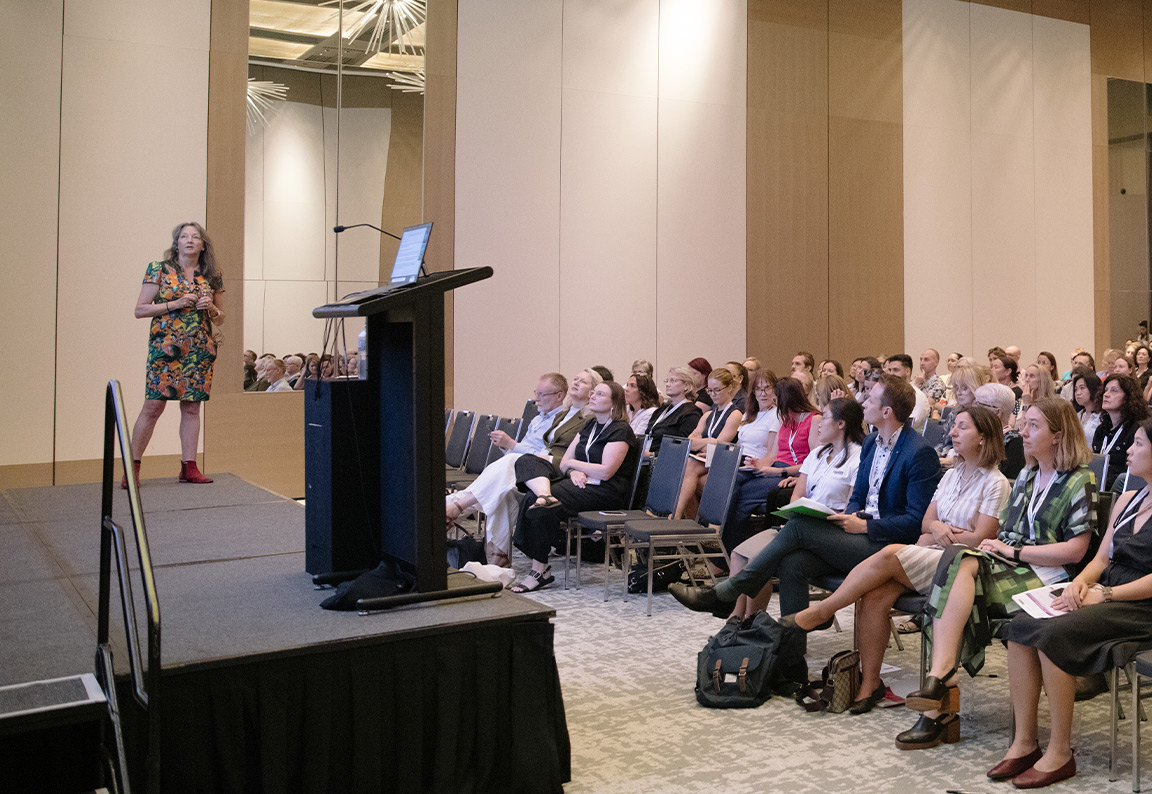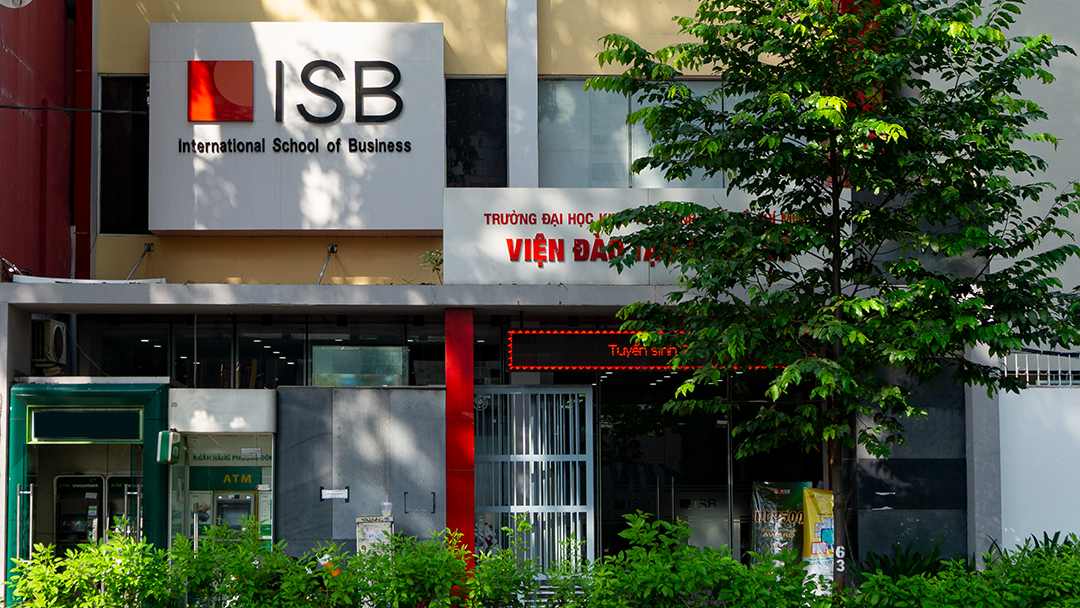Your thoughts matter, and we look forward to hearing from you!
Feel free to reach out to us effortlessly through our user-friendly contacts form. Whether you have inquiries, suggestions, or feedback, this streamlined communication channel ensures a prompt and efficient response.
Note: Weighting data has been applied on this dashboard.
Job demands including work pressure, physical and emotional demands are technically defined as “those physical, social, or organisational aspects that require sustained physical or mental effort which are associated with certain physiological and psychological costs” (Demerouti et al., 2000, p. 501)
Learn More
See more about the PSC benchmarks from the Australian Workplace Barometer (AWB) for the 2014-15 data collection.
Psychosocial Safety Climate Fact Sheet
Download Australian Workplace Barometer Psychology Safety Climate Factsheet (PSC) in "pdf" format
Psychological Demands (Work Pressure)
From the perspective of Job Demands and Resources (JD-R) theory (Bakker & Demerouti, 2007), work pressure refers to encountered environmental and psychological demands (e.g., working hard, workloads, feeling time pressure and contradictory duties) which can consequently generate negative psychological, physical, and behavioural reactions in workers.Physical Demands
According to Job Demands and Resources (JD-R) theory (Bakker & Demerouti, 2007), physical demands refer to working in a physically unpleasant environment where lacks of technical devices, working in a physically unpleasant steady and continuous status and so on which can subsequently produce physical strain and burnout in employees.Emotional Demands
Based on Job Demands and Resources (JD-R) theory (Bakker & Demerouti, 2007), emotional demands denote to challenging working situations which are demanding and suppressing employees emotional states.Exposure to high levels of job demands such as psychological, emotional, physical demands, bullying and harassment have been broadly amplified (Eurofound, 2014). Job demands have been found to be not only related to lower levels of health and well-being among employees who are targeted (e.g., Einarsen, Skogstad, Rørvik, Lande, & Nielsen, 2016; Kwan, Tuckey, & Dollard, 2016; Nielsen, Magerøy, Gjerstad, & Einarsen, 2014) but also have been highly linked with the outcomes such as job performance, efficiency and creativity (Mathisen, Einarsen, & Mykletun, 2008), higher rates of employees’ absenteeism (Bailey, Dollard, & Richards, 2015; Popov, Majstorović, Matanović, Jelić, & Raković, 2016; Vignoli, Guglielmi, Bonfiglioli, & Violante, 2016), more turnover (Berthelsen, Skogstad, Lau, & Einarsen, 2011; Glambek, Skogstad, & EINARSEN, 2016) and lower levels of work engagement (Idris, Dollard, & Tuckey, 2015; Santos, Chambel, & Castanheira, 2016; Van De Voorde, Veld, & Van Veldhoven, 2016) at both individual and organisational levels. High levels of job demands and occupational risk factors could be considered as serious threats to individual and organisational work outcomes (Bakker & Demerouti, 2016; Christian, Bradley, Wallace, & Burke, 2009; Dollard, Tuckey, & Dormann, 2012b). Therefore, managers and supervisors should be aware of both prevention and intervention of work place psychosocial risk factors and the potential undesirable consequences.

Organisational Change
Organisational changes include workplace transformations such as restructuring, downsizing, and layoffs which significantly affect employees' job performance.

Workplace Bullying and Harassment
Workplace bullying is defined as “repeated, unreasonable behaviour directed towards a worker or a group of workers, that creates a risk to health and safety” (Australian Government Productivity Commission, 2010, p.288). Workplace harassment is a form of employment discrimination which is indicated by belittling or threatening behaviour according to directed at an individual worker or a group of workers. This undesirable behaviour target employees’ race, age (40 or older), skin colour, national origin, religion, sexual orientation (including pregnancy), disability, or genetic information (Shetty & Nithyashree, 2017).

Work-Family Conflict
Work-family conflict refers to “a form of interrole conflict in which the role pressures from the work and family domains are mutually incompatible in some respect” (Greenhaus & Beutell, 1985, p. 77).








